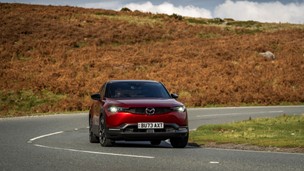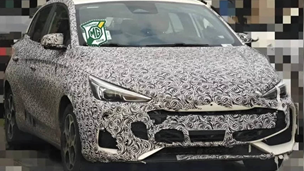The Suzuki Ignis has been a little overlooked following its launch late last year. Like a pop album in an overcrowded chart topper list, another superhero origins movie or an absurd fashion trend, the Ignis has been tarnished with the familiar ‘just another mini SUV’ brush.
To be fair, we can’t blame anyone for thinking this way. Mini SUVs have become as unique as footballers’ Range Rovers. Many of them have merely become fashion accessories of manufacturers’ showrooms. A means to meet market fads. But what about the Suzuki Ignis?
Well, it’s a city car-sized mini SUV. A small car rooted in stylish flair and affordability, not too dissimilar in concept to cars like the Fiat Panda. And primarily, it’s the Panda’s crosshairs that the Ignis falls into, but there’s also a long list of fashionable city cars including the Volkswagen Up, Peugeot 108, Vauxhall ADAM and, of course, Fiat’s 500.
We’ve been running a Suzuki Ignis for about a month now and after spending some quality time with it, we wanted to give a rundown of the top five reasons we think it deserves your attention.
It has classic Suzuki style
You may be shocked to hear the word ‘style’ in the same sentence as the Ignis, and initially we would have agreed with you. It’s plump, available in a range of polarising colours and serves up a platter of modern-retro styling cues.
Isn’t that a similar concoction of design traits to the Fiat 500 though? Of course, style and fashion preference is subjective, but Fiat has been flying the flag of out-there style for years with its 500 model. Some would even argue that having a car that you love the look of, but others hate, is all part of the appeal.
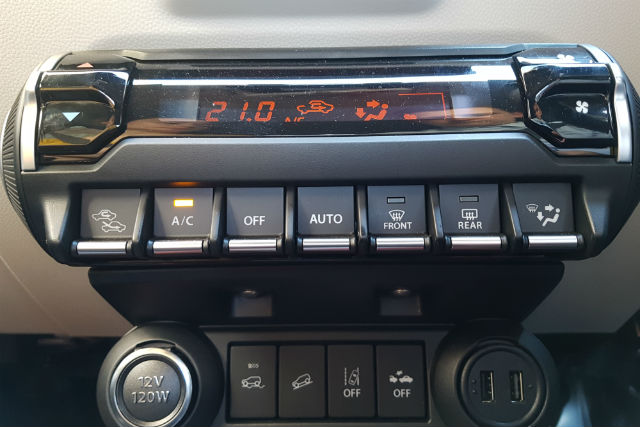
Described by its makers as a “Typical Suzuki-ish product”, the quirkiness of the Ignis continues to its interior, with a barrage of interesting features. There’s luggage-like grab handles on the doors, a two-tone dashboard with carbon-fibre effect inserts around the air vents, aviator-style air-con switches and a running theme of triple dashes to match the creases in the C pillar.
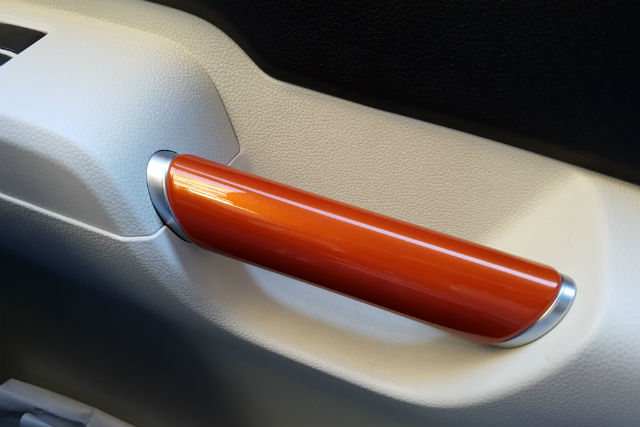
All of these eccentricities are what make the car so loveable. In fact, three members of the Car Keys team were converted after taking the Ignis for a spin, swiftly changing their opinion from “meh” to “ay, it’s a fun-loving little thing”.
There's ALLGRIP four-wheel drive
You’re unlikely to venture into muddy swamps in the Ignis – we certainly haven’t – but its ALLGRIP 4x4 system serves a different purpose. Just like the Panda 4x4, the Ignis aims to give you added flexibility when it comes to grip levels and traction - going camping on the weekend for example, or tackling icy roads in the winter. We’ve even found that the ALLGRIP system comes into its own in the wet.
If you want ALLGRIP 4x4 then you’ll have to opt for the SZ5 trim, and all 4x4 models come equipped with the Smart Hybrid Vehicle by Suzuki (SHVS) system too – so you get extra traction and boosted fuel economy.
You don’t have to go all out with ALLGRIP though, even if you go for an SZ5 model, but it’s nice to have the option.
Hybrid = better fuel economy
As mentioned above, those after ALLGRIP 4x4 will also benefit from the SHVS system. The SHVS set-up works slightly different to a regular hybrid system by utilising small electrical boosts to give the engine a slight prod when setting off from a standstill. This electrical energy is accumulated via regenerative braking.
Essentially, the extra boost of electrical energy won’t be felt when accelerating, but it will help achieve slightly better fuel economy.
When we initially saw the claimed mpg figure of 60.1mpg, we assumed we were going to achieve much less, at around 40mpg. However, on a mixture of roads – mostly city and urban – we managed to achieve an average of around 55mpg. Throw in some long motorway stints and we think that 60.1mpg figure is very achievable.
Boxy, but with box-like practicality
There are essentially two types of city cars – classic stumpy ones like the Peugeot 108 and Toyota Aygo, or boxier ones like the Suzuki Ignis and the Fiat Panda. And with a boxy shape, comes box-like practicality.
We’ve had quite a bit of kit in the Ignis, from copious amounts of shopping bags to filming tools like tripods and sliders, and the little SUV was happy to accommodate, with 267 litres of boot space with the seats in place, 514 litres with the seats down and, if you load up to the roof, 1,100 litres.
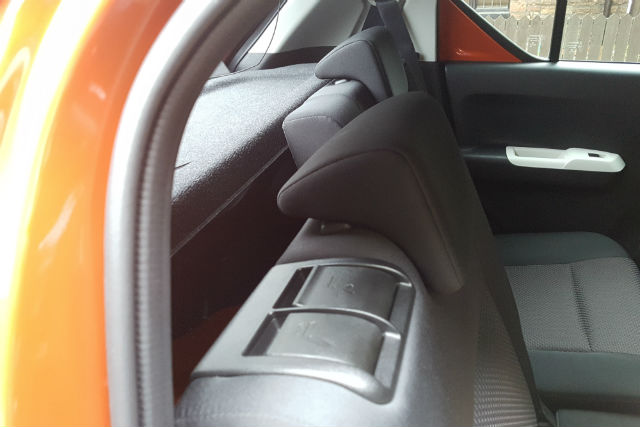
The Ignis is littered with handy practicality features too, including sliding and reclining rear seats, which allow for greater flexibility when to comes to rear leg room and boot space.
It’s cheap to buy!
You can have a Suzuki Ignis for £10,249 – which is temptingly affordable. And even though kit is pretty good from entry level, with Bluetooth, air-con and DAB all-thrown in, you’ll likely go for one of its other trims instead, which are SZ-T and SZ5.
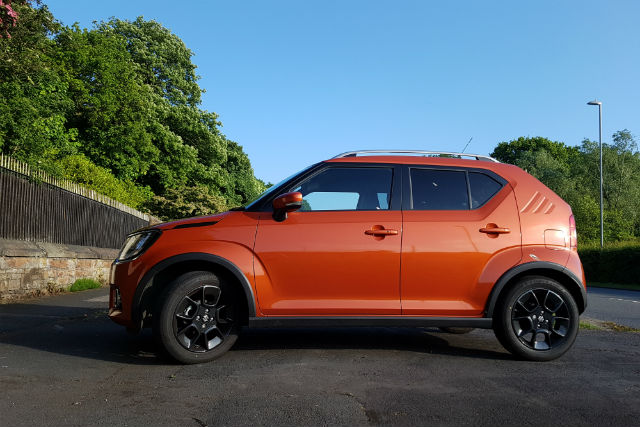
Still, even if you go all-out for the Ignis SZ5 1.2-litre DUALJET SHVS 4x4, it only costs £14,249 – with the ALLGRIP system making up £1,000 of that. When you consider however that the Fiat Panda 4x4 costs around £400 more than that, and doesn’t have the same amount of equipment (a reversing camera being a particularly sort after bit of kit), or as impressive CO2 figures, the Ignis starts to look like a very appealing little car.
Yes, the interior of the Ignis may creak in places and offer up plenty of plastic trimmings – but that can be expected from a small city car/SUV. It’s certainly no worse off than it’s similarly-priced rivals.
Looking to buy a Suzuki Ignis? See how much you could save here!


